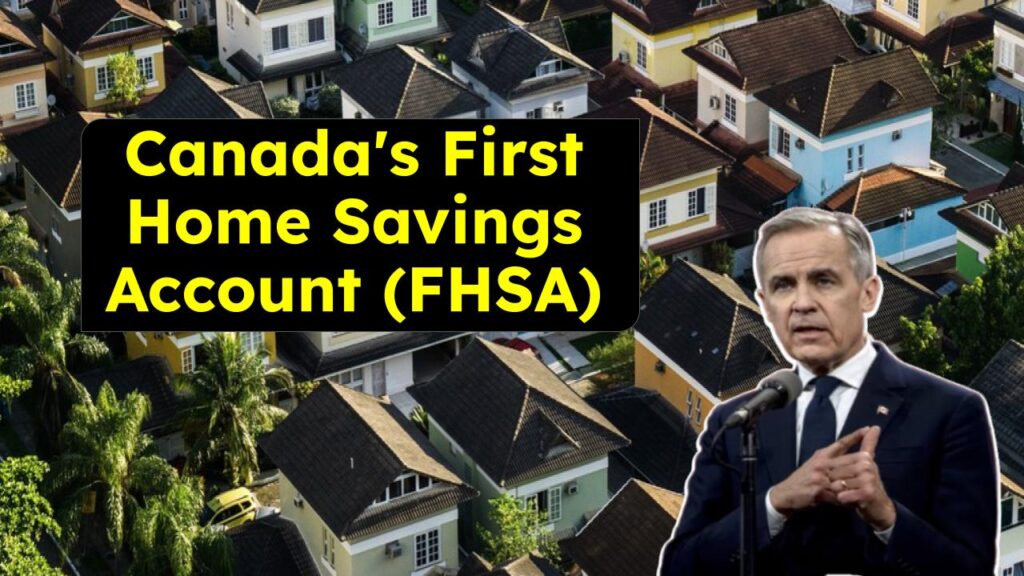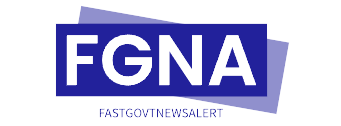
If you’ve ever dreamed of owning your first home in Canada, the First Home Savings Account (FHSA) is about to make that dream a lot more achievable. Starting in 2025, this innovative savings tool will allow Canadians to save for their first home with tax-free growth and withdrawals.
Whether you’re a young professional looking to build financial independence or a parent helping your child plan for homeownership, the FHSA offers a unique combination of flexibility and tax advantages. In this article, we’ll break down everything you need to know about the FHSA, from eligibility requirements to step-by-step guidance on how to use it effectively.
Canada’s First Home Savings Account (FHSA) 2025
Before diving deeper, here’s a quick summary of the key features of the FHSA:
| Feature | Details |
|---|---|
| Eligibility | Open to Canadian residents aged 18+ (or province-specific age), under 71, and first-time buyers. |
| Contribution Limit | Up to $40,000 total; no annual limit specified. |
| Tax Benefits | Contributions are tax-deductible; withdrawals for a first home purchase are tax-free. |
| Investment Options | Cash, GICs, mutual funds, and other eligible investments. |
| Purpose | Combines RRSP-like tax deductions with TFSA-like tax-free withdrawals for first-time buyers. |
The First Home Savings Account (FHSA) is a powerful tool for Canadians aspiring to own their first home. With its tax-deductible contributions, tax-free growth, and tax-free withdrawals, it’s never been easier—or smarter—to save for homeownership. By starting early, investing wisely, and leveraging other programs like the HBP, you can turn your dream of owning a home into a reality.
What Is the FHSA, and Why Should You Care?
Imagine having a piggy bank where every dollar you put in grows without being taxed—and when you take the money out to buy your first home, you don’t owe taxes on it either. That’s essentially what the FHSA does, but on a much larger scale. It’s designed to help Canadians save faster for a down payment while offering significant tax benefits.
Think of it as a hybrid between an RRSP (Registered Retirement Savings Plan) and a TFSA (Tax-Free Savings Account). Like an RRSP, contributions reduce your taxable income, which means you could get a nice refund come tax time. And like a TFSA, any growth inside the account is tax-free, and withdrawals for a qualifying home purchase aren’t taxed either.
For many first-time buyers, this could mean saving tens of thousands of dollars in taxes while building a solid foundation for homeownership.
Also Read: Canada’s Youth Mental Health Fund 2025
How Does the FHSA Work?
Let’s break down the process into simple, actionable steps so you can start using the FHSA effectively.
Step 1: Check Your Eligibility
To open an FHSA, you must meet the following criteria:
- Be a Canadian resident.
- Be at least 18 years old (or the age of majority in your province).
- Be a first-time homebuyer (or meet specific exceptions, such as a breakdown of a marriage or common-law partnership).
- Be under 71 years old.
For example, if you’re a recent college graduate living in Ontario and planning to buy your first condo, you’re likely eligible.
Step 2: Open an FHSA
You can open an FHSA through most major Canadian banks, including Scotiabank, TD, and National Bank. Visit their websites or schedule an appointment with a financial advisor to discuss your options.
Step 3: Start Contributing
The maximum lifetime contribution limit is $40,000. While there’s no annual cap, contributing strategically can maximize your tax benefits. For instance, if you contribute $8,000 per year for five years, you’ll reach the limit while potentially reducing your taxable income each year.
Step 4: Invest Wisely
Once your account is funded, you can choose from various investment options, such as:
- Cash: Low-risk, but minimal growth.
- GICs: Guaranteed returns over a fixed term.
- Mutual Funds: Higher potential returns, but with some risk.
For example, if you’re risk-averse, you might opt for GICs. If you’re comfortable with market fluctuations, mutual funds could help grow your savings faster.
Step 5: Withdraw Tax-Free
When you’re ready to buy your first home, you can withdraw up to $40,000 tax-free. Just ensure the property meets the CRA’s definition of a “qualifying home” (e.g., it must be located in Canada and intended as your primary residence).
The Tax Benefits of the FHSA Explained
One of the biggest advantages of the FHSA is its tax efficiency. Let’s explore how it works in real-world terms.
Tax-Deductible Contributions
Every dollar you contribute to your FHSA reduces your taxable income. For example, if you earn $60,000 annually and contribute $10,000 to your FHSA, your taxable income drops to $50,000. Depending on your tax bracket, this could result in significant savings—potentially hundreds or even thousands of dollars.
Tax-Free Growth
Unlike traditional savings accounts, investments inside your FHSA grow tax-free. This means any interest, dividends, or capital gains won’t be taxed, allowing your money to compound faster.
Tax-Free Withdrawals
When you withdraw funds to buy your first home, the government doesn’t charge taxes on the amount. This contrasts sharply with an RRSP, where withdrawals are taxed as income.
Practical Tips for Maximizing Your FHSA
Here are some expert tips to make the most of your FHSA:
- Start Early: The earlier you begin contributing, the more time your investments have to grow. Even small monthly contributions can add up significantly over time.
- Combine with Other Programs: Pair your FHSA with programs like the Home Buyers’ Plan (HBP), which allows you to withdraw up to $35,000 from your RRSP for a first home. Together, these tools can supercharge your savings.
- Automate Contributions: Set up automatic transfers to your FHSA to ensure consistent contributions without needing to think about it.
- Consult a Financial Advisor: A professional can help tailor your investment strategy to align with your goals and risk tolerance.
Real-Life Example: How the FHSA Helps Sarah Achieve Her Dream Home
Let’s meet Sarah, a 25-year-old marketing professional living in Vancouver. She earns $70,000 annually and wants to buy her first home within five years. Here’s how the FHSA helps her:
- Year 1: Sarah contributes $8,000 to her FHSA, reducing her taxable income to $62,000. She receives a tax refund of approximately $2,000.
- Years 2–5: She repeats this process, reaching the $40,000 limit by the end of Year 5.
- Withdrawal: When Sarah buys her first home, she withdraws the full $40,000 tax-free, giving her a substantial down payment.
Thanks to the FHSA, Sarah saves on taxes, grows her money faster, and achieves her homeownership goal sooner.
Also Read: Canada Indigenous Housing Fund 2025
Canada’s First Home Savings Account (FHSA) FAQs
Q1: Can I use the FHSA and RRSP together?
Yes, you can combine both tools. However, contributions to your FHSA cannot also be claimed as RRSP contributions.
Q2: What happens if I don’t use the FHSA for a home purchase?
If you don’t buy a home within 15 years of opening the account, the funds must be transferred to an RRSP or withdrawn as taxable income.
Q3: Are there penalties for over-contributing?
Yes, over-contributions are subject to a 1% penalty per month until corrected.
Q4: Can I open an FHSA if I already own a home?
No, the FHSA is only available to first-time homebuyers.
